BRIHADEESWARAR KOIL - Siva Temple
Thanjavur, Tamilnadu
Bhavishyotharapurana
is the principal source that embodies a great deal of literature connected
with the origin, growth, patronage and administration of this temple, deemed
to be possessing the grandest pagoda among the temples of India.
Brihadeeswara Mahatya in a series of interesting legends throws adequate
light on this great temple. Rajeswaranataka - a play in Tamil also
helps to reconstruct the greatness of the builder and his patronage to
the temple.
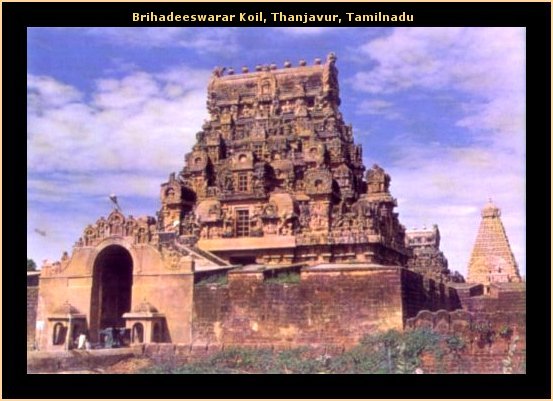
There
are hundreds of inscriptions, besides abundant devotional literature that
testifies to the magnanimity of the rulers associated with this temple.
The Chola kings were very powerful from the 10th to 14th century.
In Thanjavur there are 74 temples built in their time. Thanjavur
has had a splendid past. In and around it were born many an illustrious
god-men, who heightened the glory of our sacred land, by establishing and
propagating the diverse creeds of Hindu Dharma. It was the centre
of enlightening forums famous for holding several remarkable mellifluent
concerts and literary contests.
The Brihadeeswarar
temple, an imposing structure was built by Raja Raja Chola I, the son of Sundara Chola (Parantakaa-II) and Vanavanmadevi
He had conquered the Chera, Pandya kings & also crossed the oceans
to gain victory over many overseas lands. Impressed by the huge magnificent
temples & idols of Buddha, he dreamt of erecting a massive temple in
his native land for Lord Siva.
The king named the temle Rajarajeswaram and the Linga as Peruvudayar.
This temple is also called by various other
names such as Peruvudayar Koil, Adavallan Koil, Peria
Koil.
The temple
was built in a short span of six years. The imposing vimana rises
to a height of 216 feet with 14 storeys. The sikhara built in accordance
with Silpa Sastra is crowned with a massive dome consisting of a single
stone that weighs 80 tons. And over it is placed an octagon shaped
stupa and a 12 feet high kalasam. To lift and carry this gigantic
stone to the top, an inclined road about 6 miles long was laid out, emulating
the technique adopted by the Egyptians while constructing the pyramids.
Elaborate sculptural images drawn from Hindu pantheon decorate this Vimana
from top to bottom. Though the Dravidian style of temple architecture
predominates, there is indeed a harmonious blend of the Nagara, Vesara
& Dravidian styles.
The arch way
at the first entrance, called the Kerlanthakan gate way rises to a height
of 90 feet.
Keralanthakan was a title endowed on King Rajaraja Cholan after his victory over Kerala king Baskararavivarma.
Next comes the grand gate called Raja Raja Vaasal embellished
with exquisitely carved figures. Beyond this lies the sculptural
wealth studded in the courtyard measuring about 500 feet long and 250 feet
wide, and is surrounded by a high compound wall with a deep moat to its
eastern and western sides. The temple is occupying a large portion of a
fort built for strategic purpose in the past.
Within the
temple are several mini shrines, mandapams, mahamandapams, Prakarams dedicated
to Vinayaka, Subramanya, Parvathi, Nandi, Dwarapalakas, Jain Saints, emancipated
demons. Of the highlights of this superb shrine, grand frescoes
in the inner courtyard deserve mention and indispensable attention, since
they are reminiscent of the splendid Ajanta cave paintings of eternal reputation.
The shrine
for Parvathi, called Periyanayaki was originally located in a garden in
the north of the temple. During the Nayak regime, it was transferred
to a grand shrine built in the first prakara. The shrine for the
six faced Murugar carved out of single rock lies at the northern
end of the west quadrangle. The enormous monolithic Nandi is installed
in a high pavilion right in front of the garbha griha. It measures 19 1/2
feet in length; 8 1/4 feet in breadth; 12 feet in height and weighs 25
tons. The black Siva Linga, carved out of a single rock is
considered the second biggest, next to the one in Lepakshi. It is 9 feet
in height & 23 1/2 feet in circumference. It is installed
on a high flat dias measuring 54 feet in circumference and 6 feet in height.
An elevated platform has been specially built for the priests to stand
and perform archana, harati, abhishekam, etc. There is an archaeological
museum in the temple yard. The history of the Chola kings and the
temples are depicted in sculpture and paintings.
Snippets of information on Peria Koil
Photographs
of Brihadeeswarar Temple
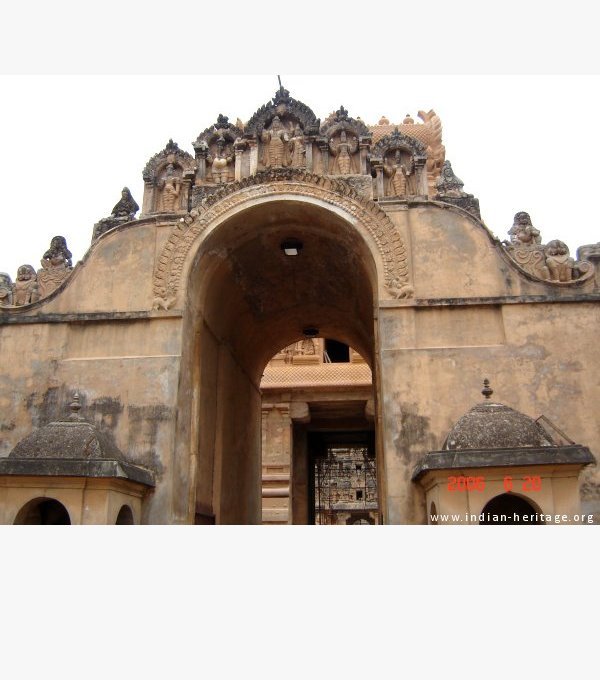
Thanjai Peria Koil
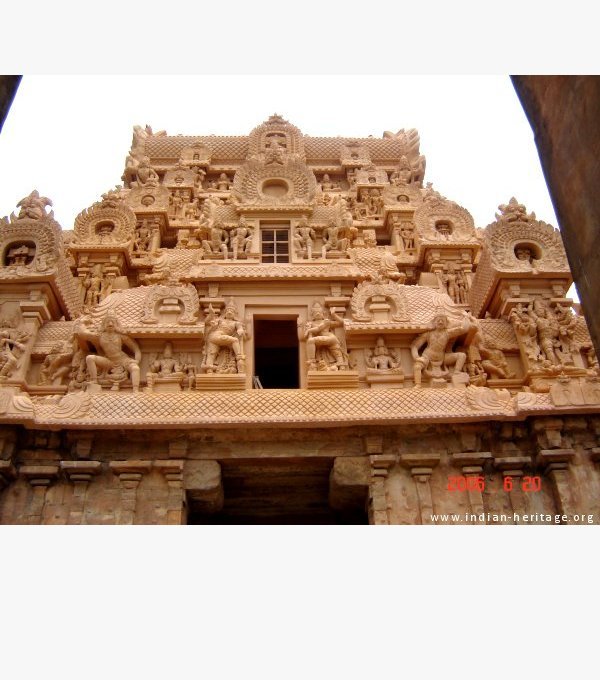
Thanjai Peria Koil
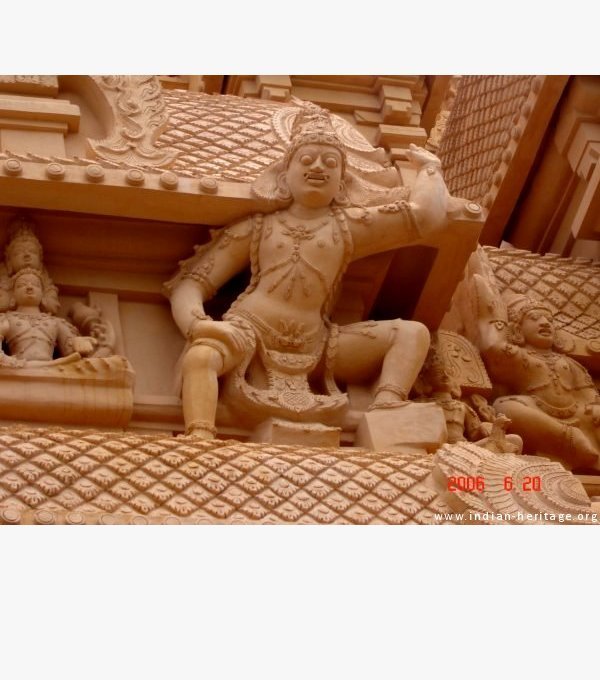
Thanjai Peria Koil
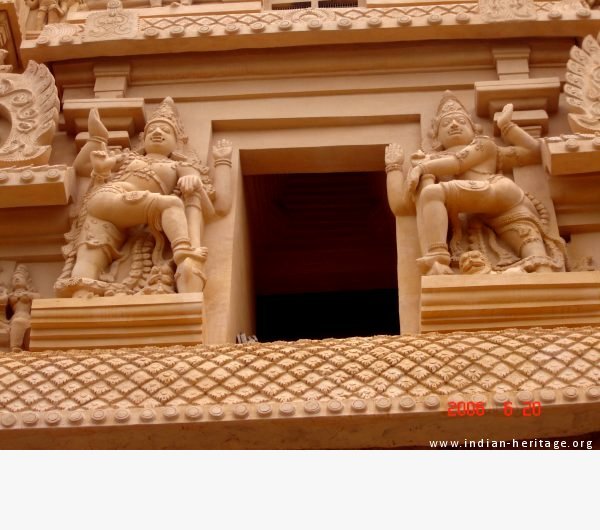
Thanjai Peria Koil
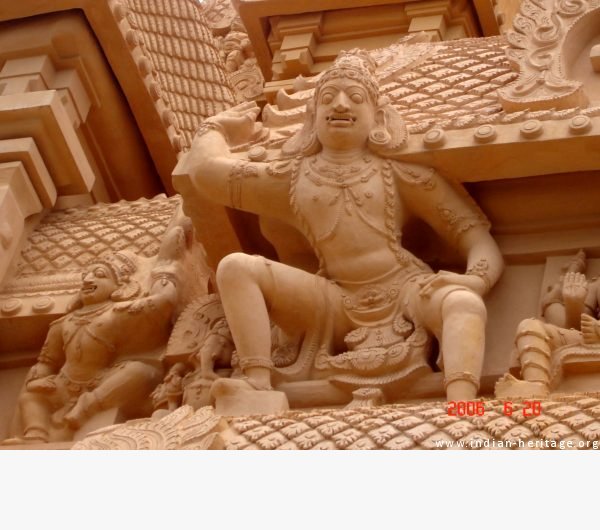
Thanjai Peria Koil
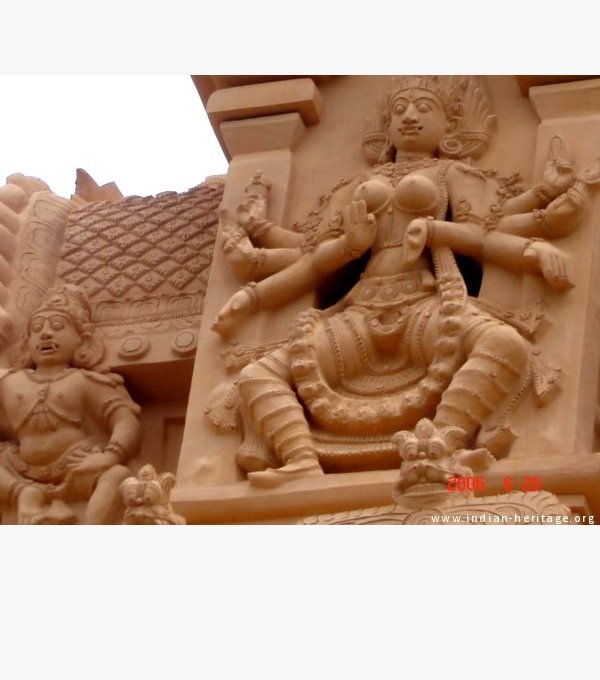
Thanjai Peria Koil
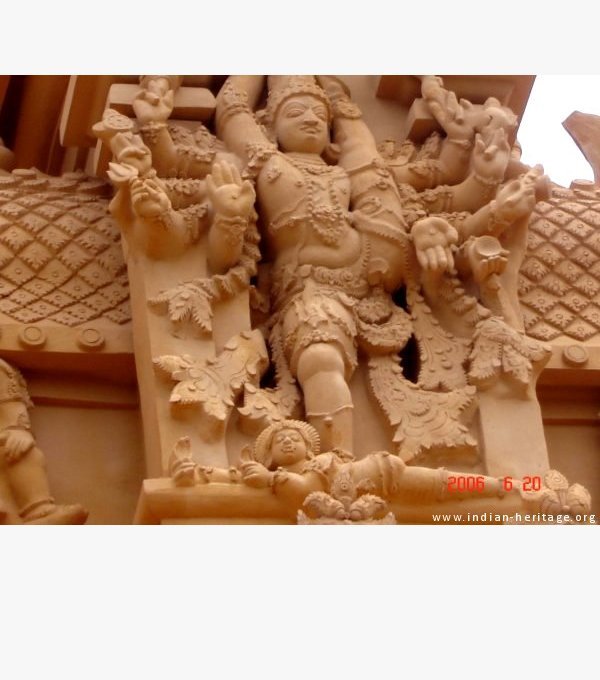
Thanjai Peria Koil
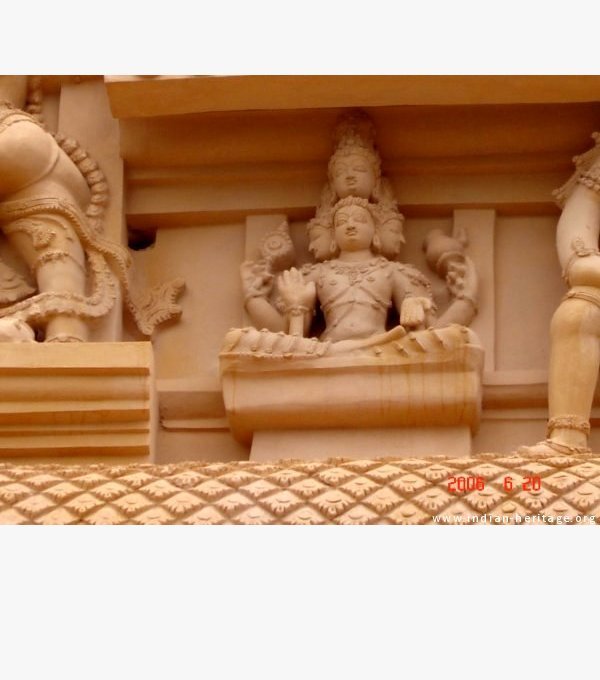
Thanjai Peria Koil
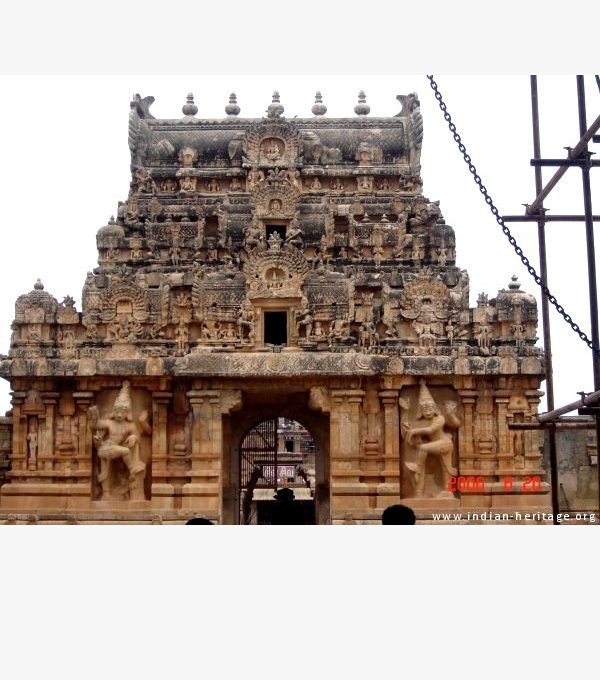
Thanjai Peria Koil
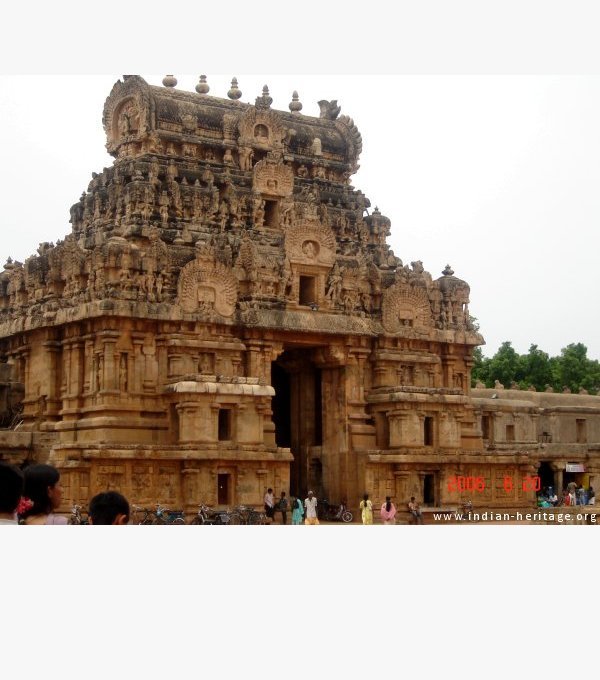
Thanjai Peria Koil
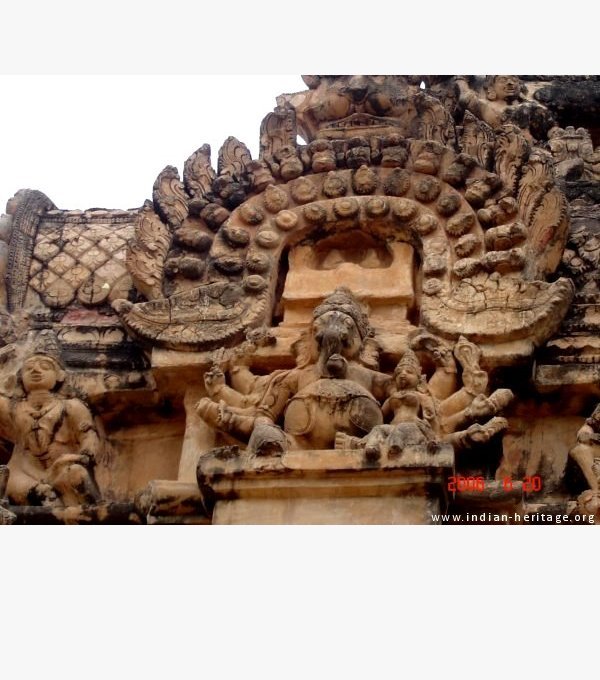
Thanjai Peria Koil
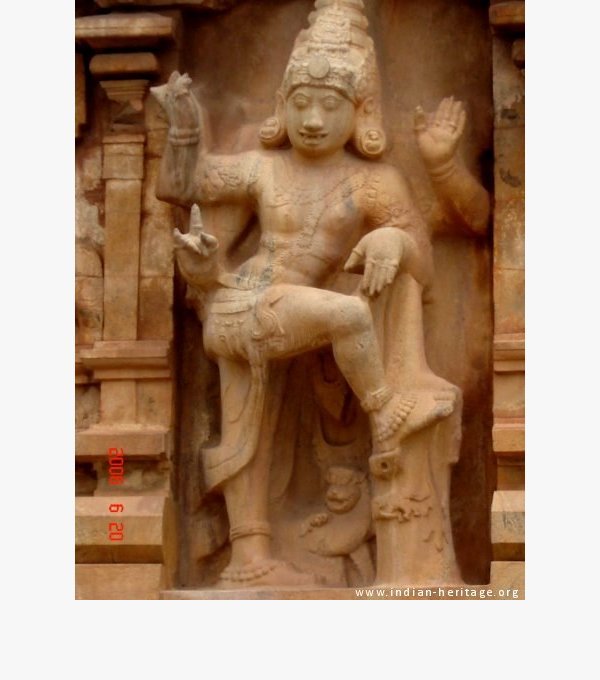
Thanjai Peria Koil
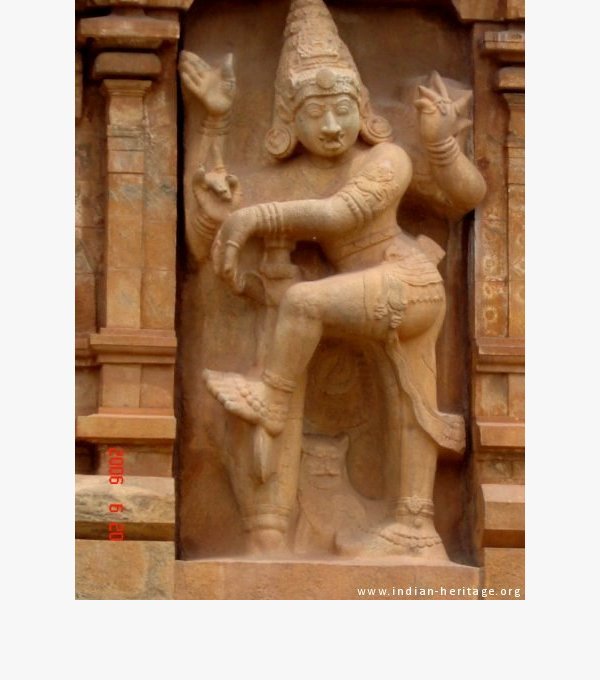
Thanjai Peria Koil
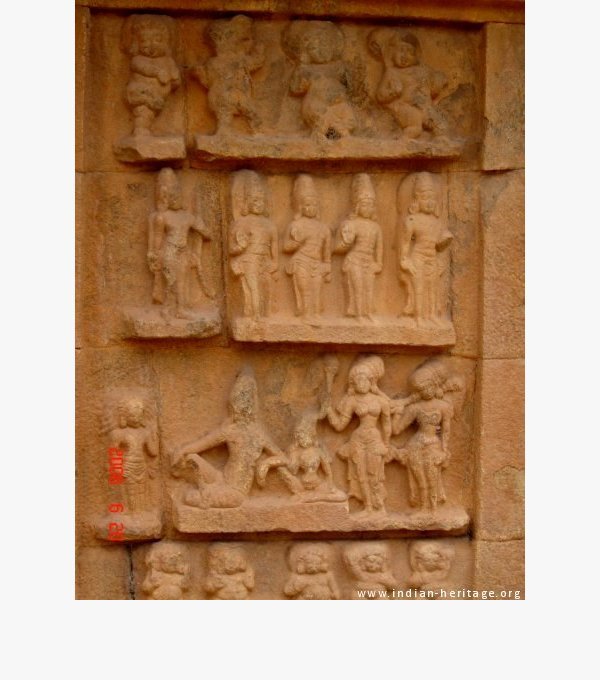
Thanjai Peria Koil
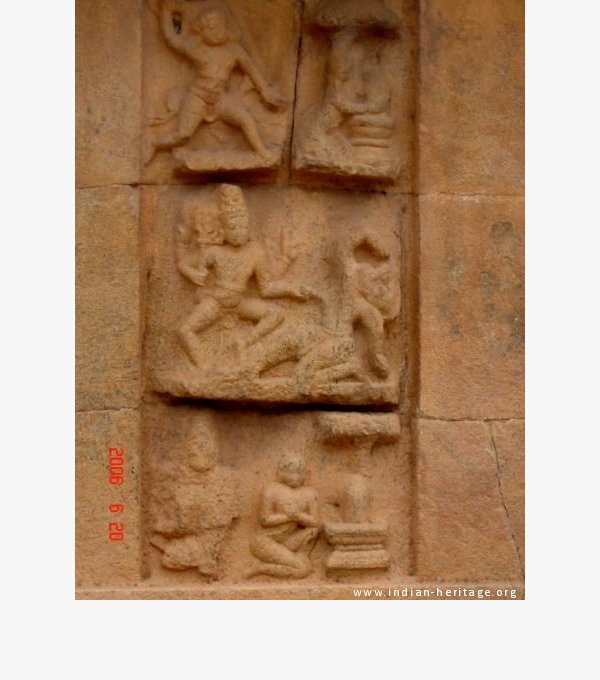
Thanjai Peria Koil
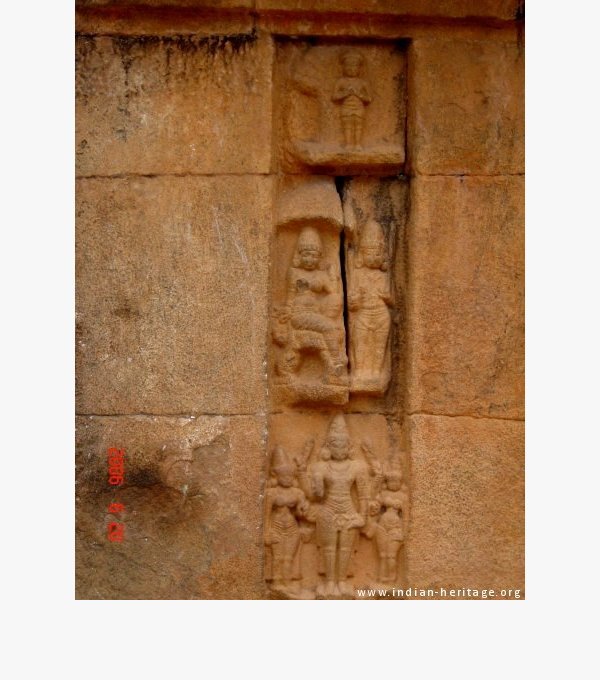
Thanjai Peria Koil
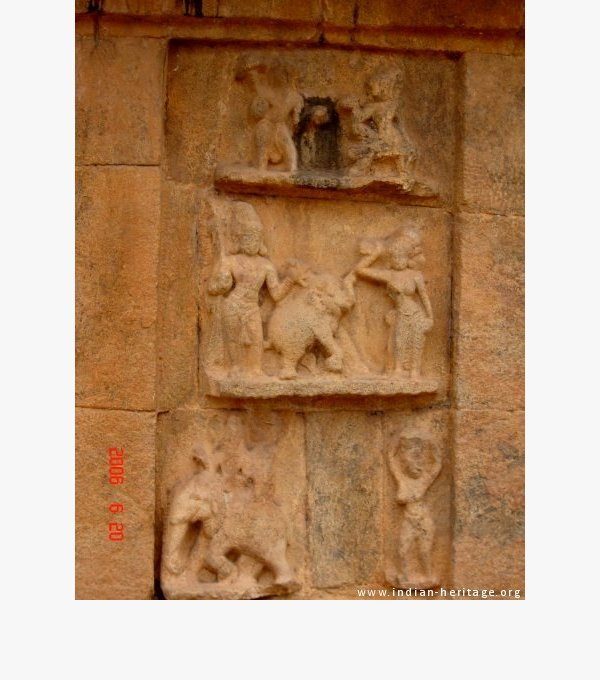
Thanjai Peria Koil
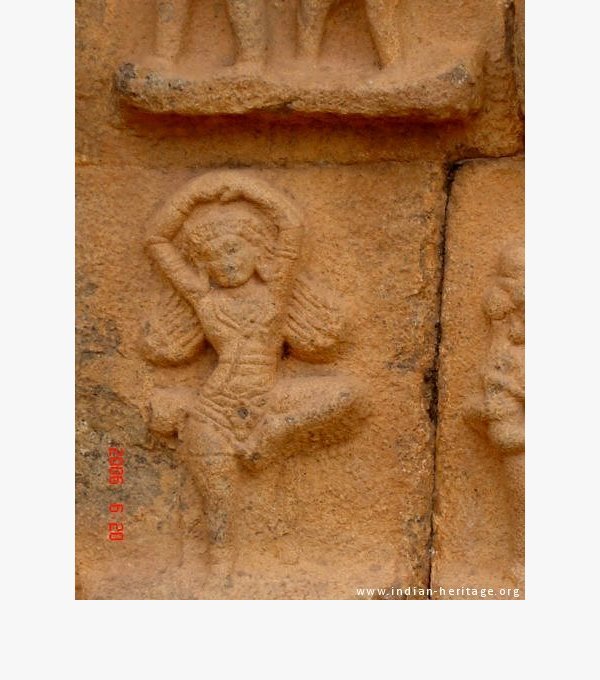
Thanjai Peria Koil
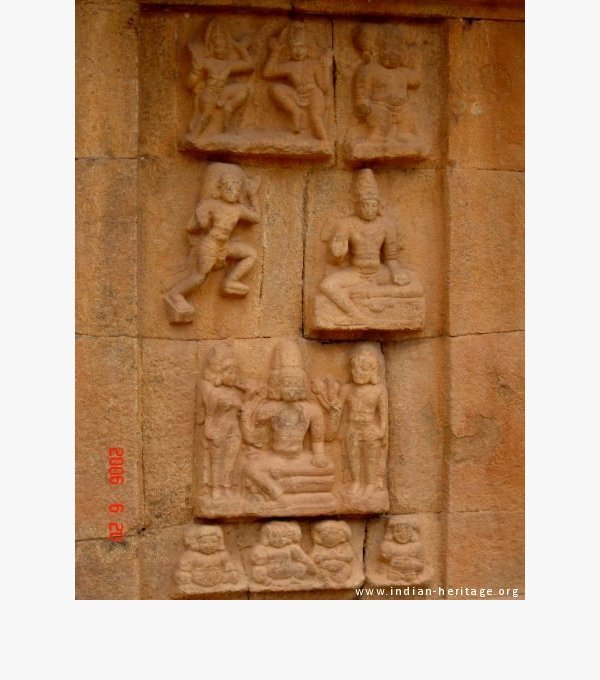
Thanjai Peria Koil
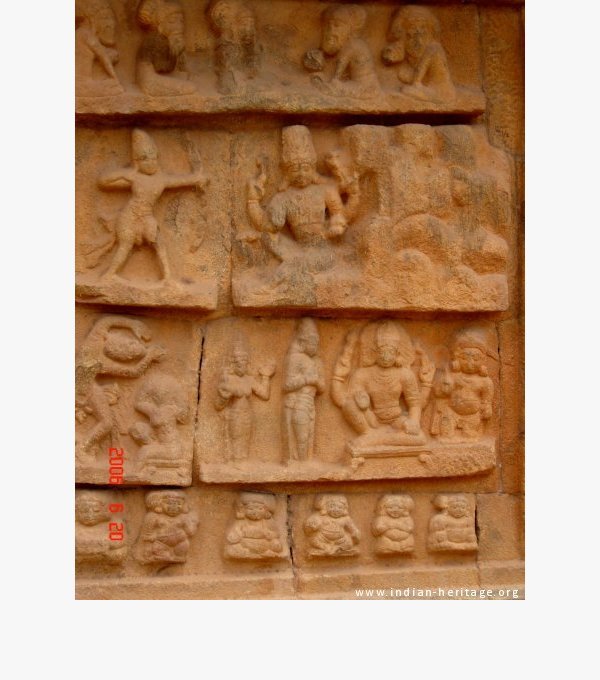
Thanjai Peria Koil
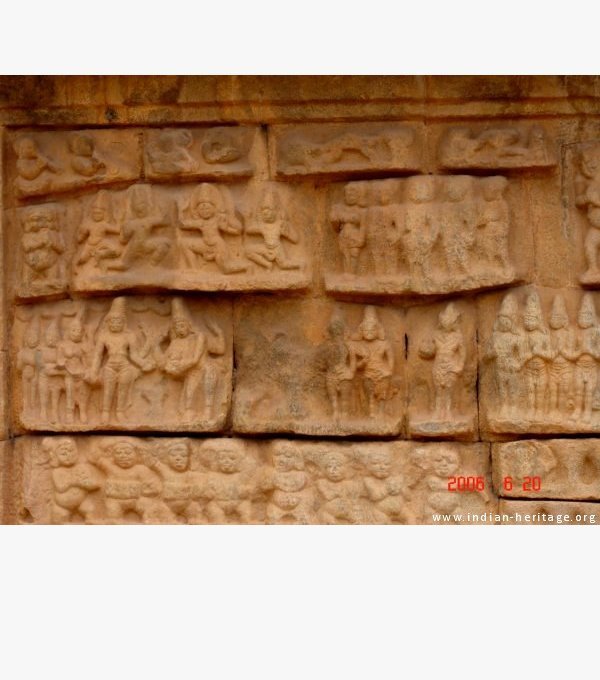
Thanjai Peria Koil

Thanjai Peria Koil
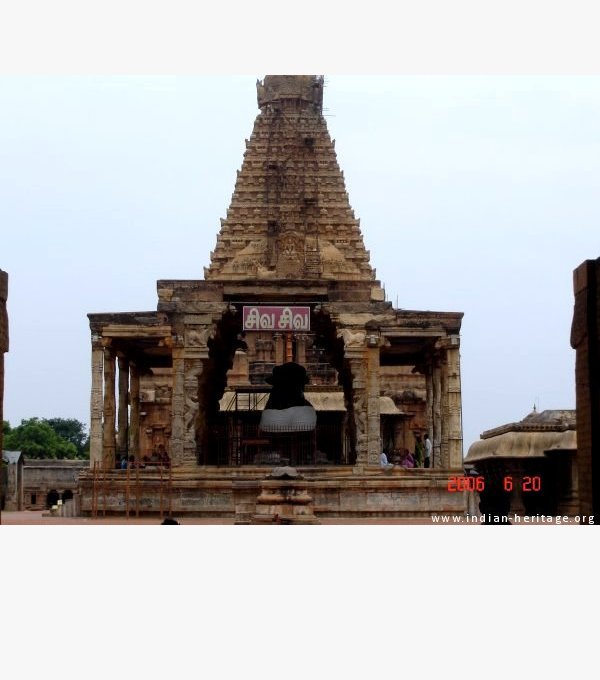
Thanjai Peria Koil
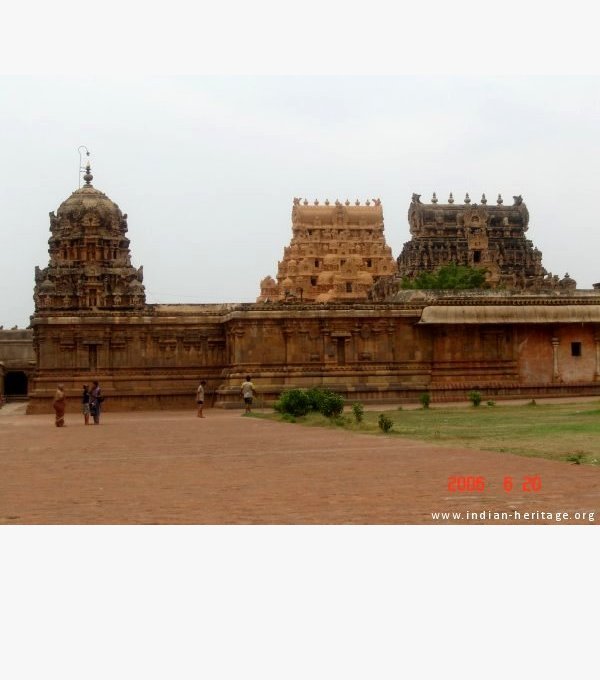
Thanjai Peria Koil
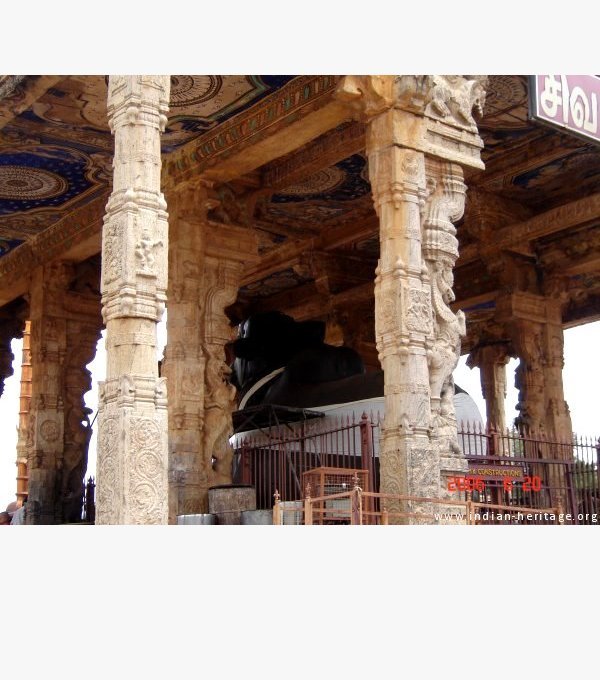
Thanjai Peria Koil
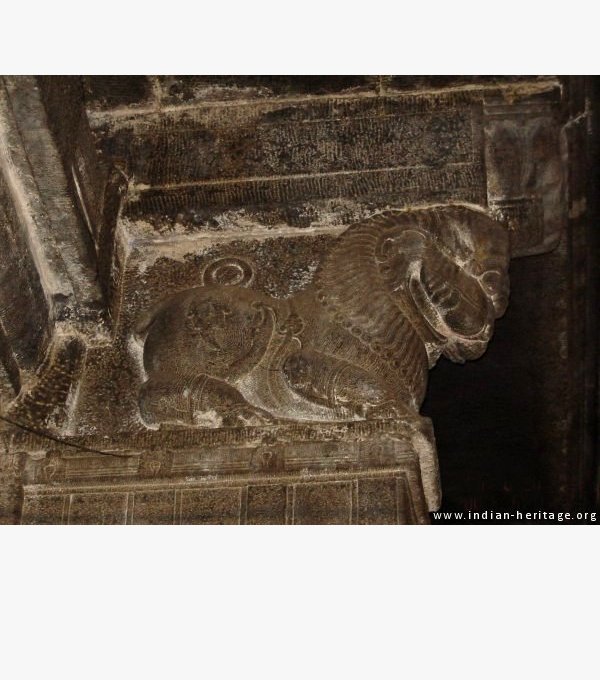
Thanjai Peria Koil
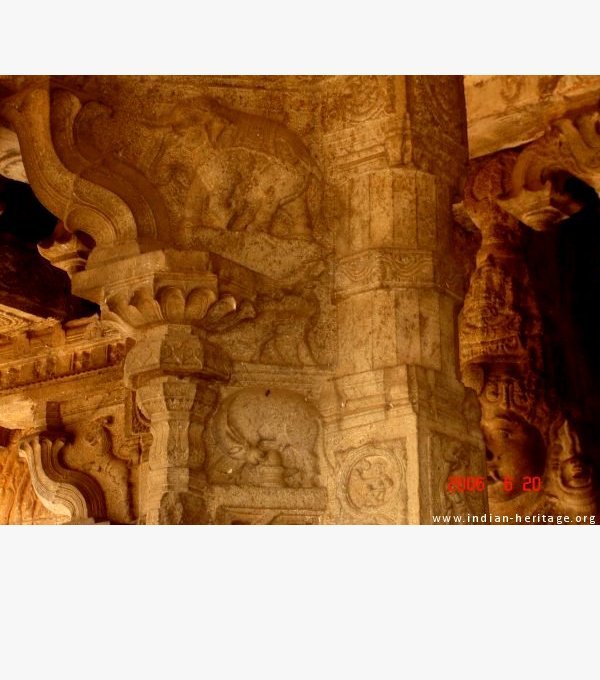
Thanjai Peria Koil
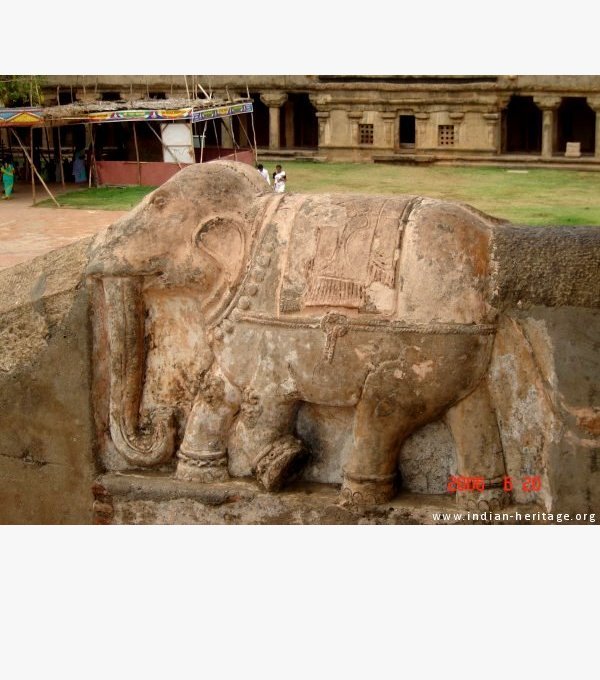
Thanjai Peria Koil
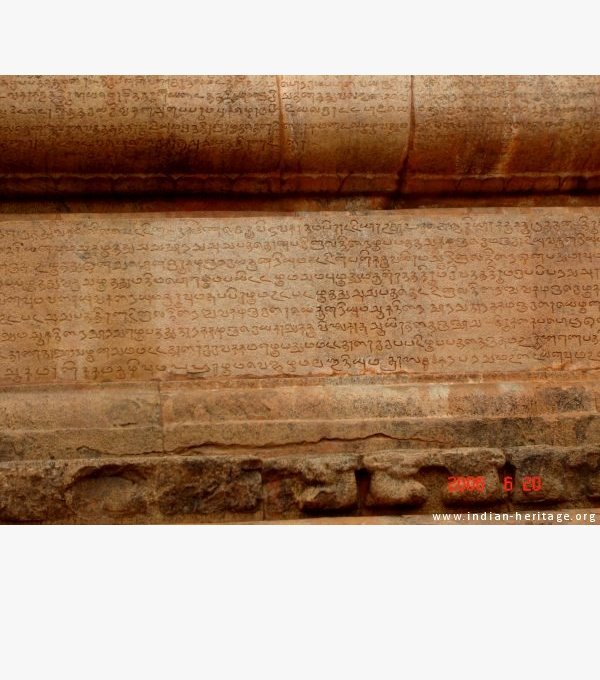
Thanjai Peria Koil
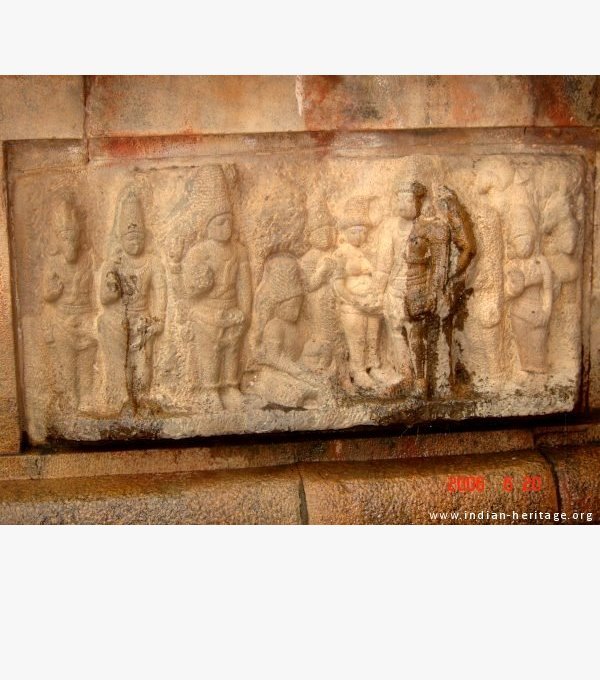
Thanjai Peria Koil
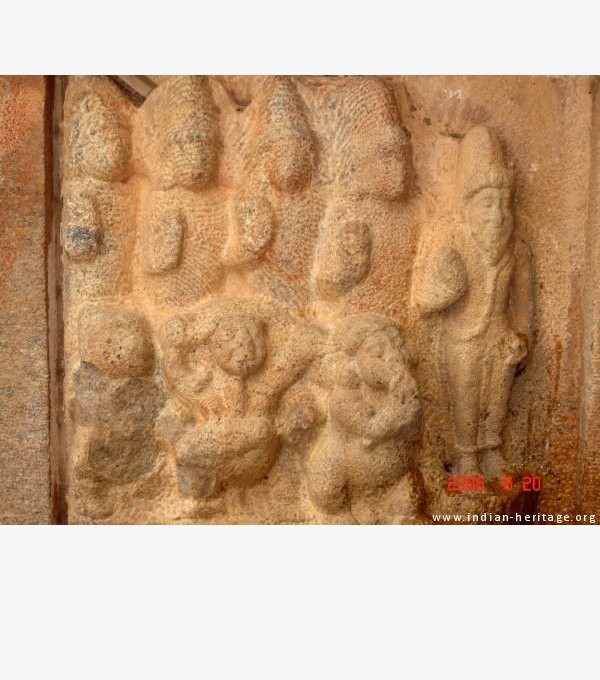
Thanjai Peria Koil
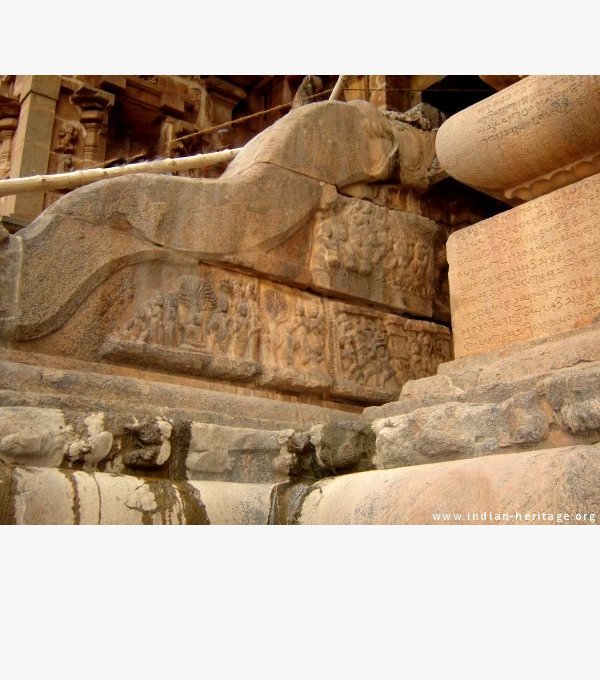
Thanjai Peria Koil
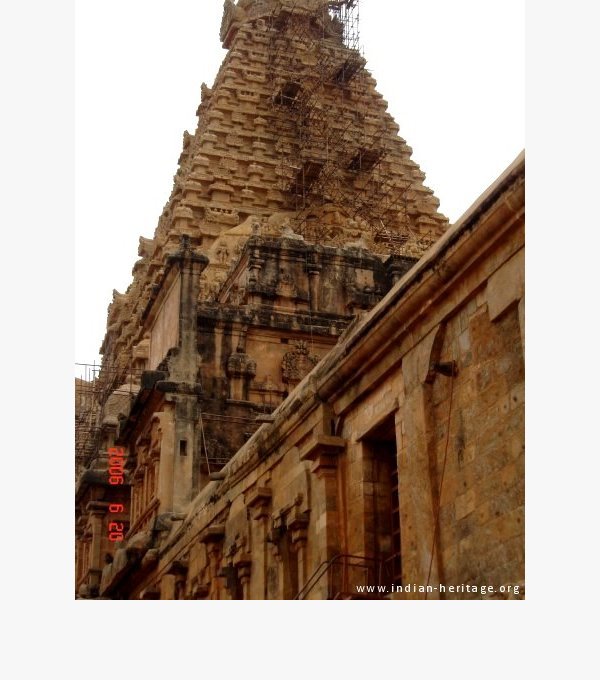
Thanjai Peria Koil
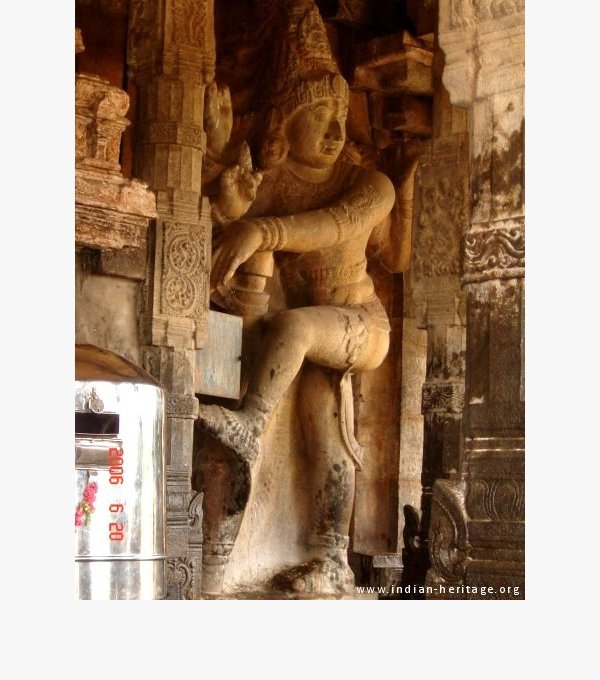
Thanjai Peria Koil
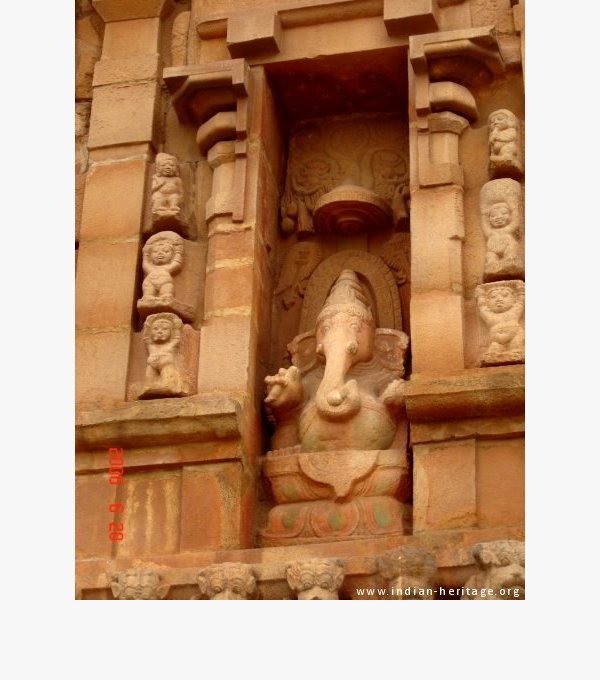
Thanjai Peria Koil
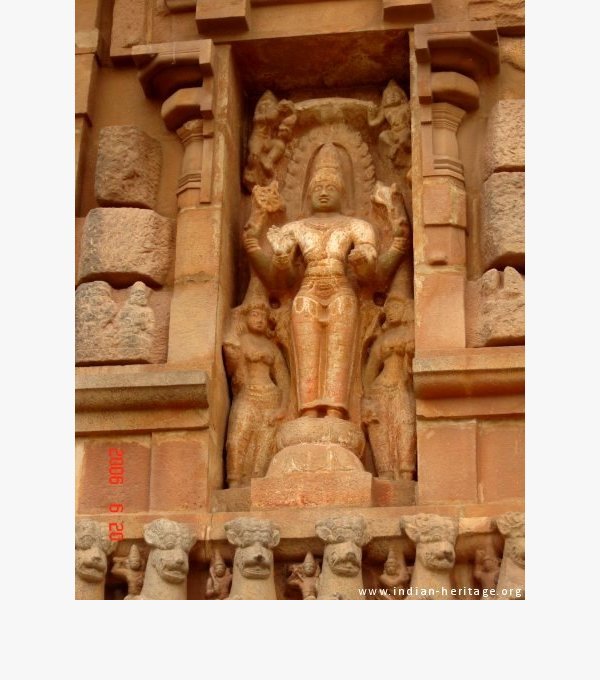
Thanjai Peria Koil
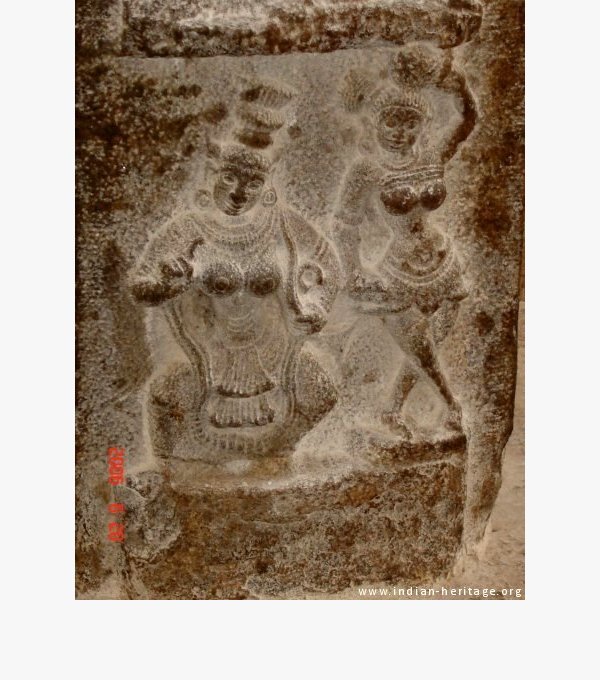
Thanjai Peria Koil
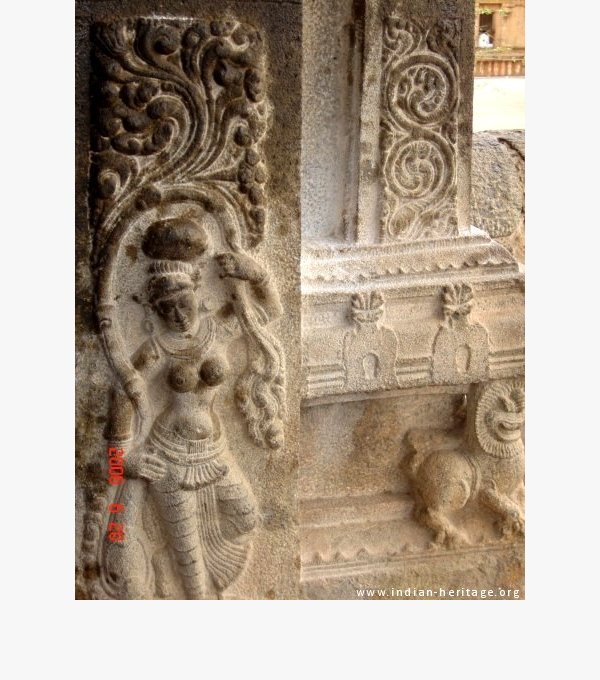
Thanjai Peria Koil
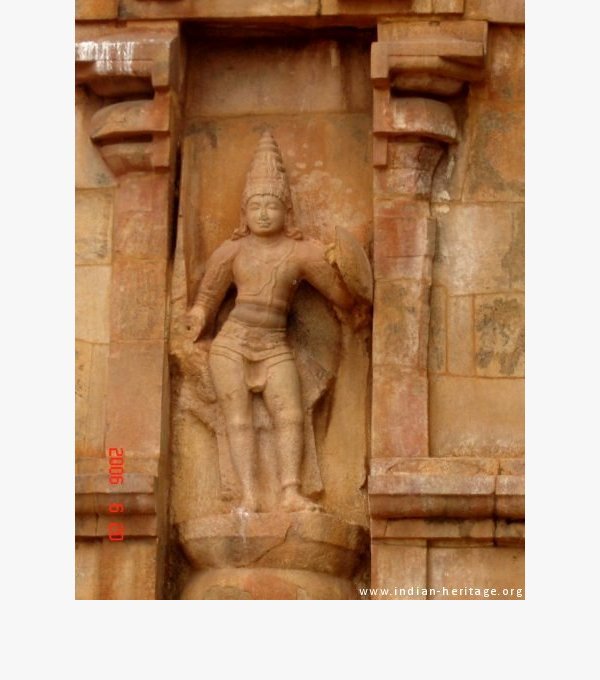
Thanjai Peria Koil
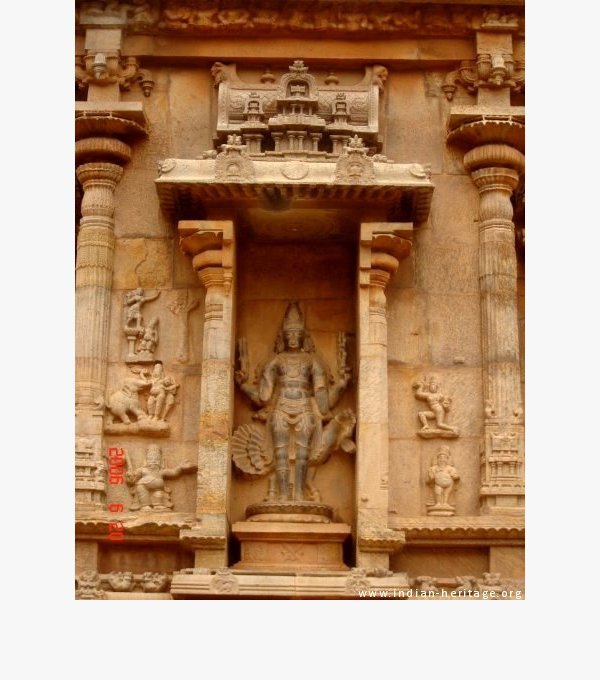
Thanjai Peria Koil
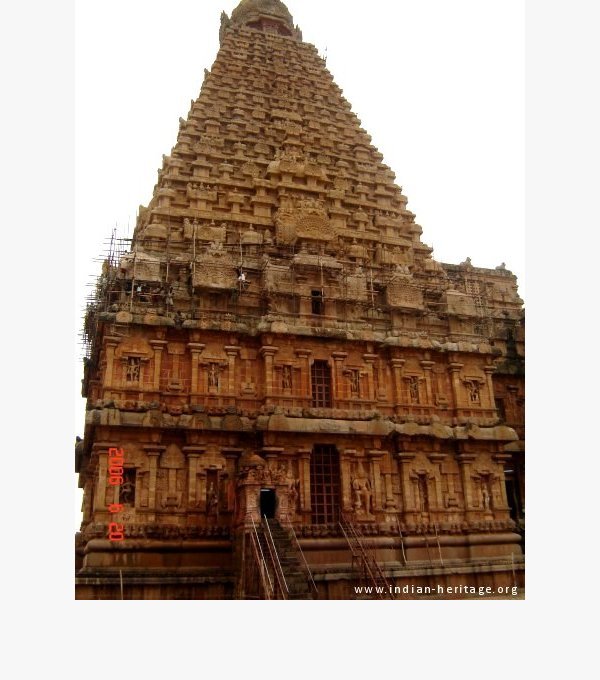
Thanjai Peria Koil
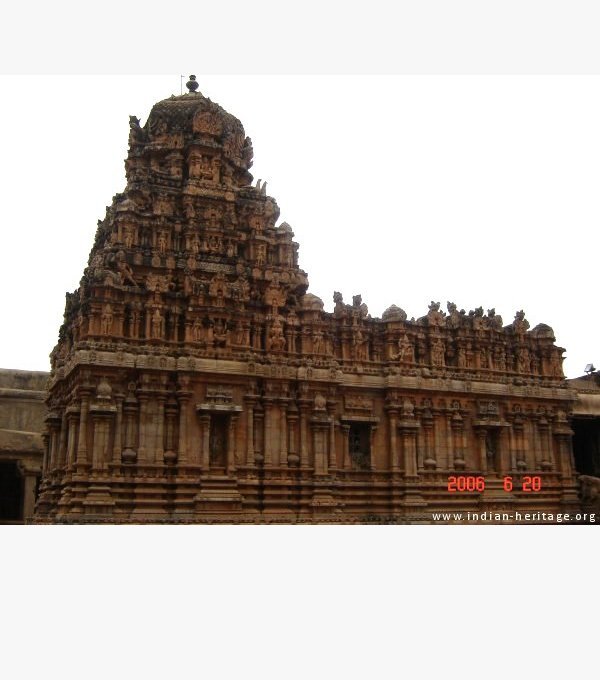
Thanjai Peria Koil
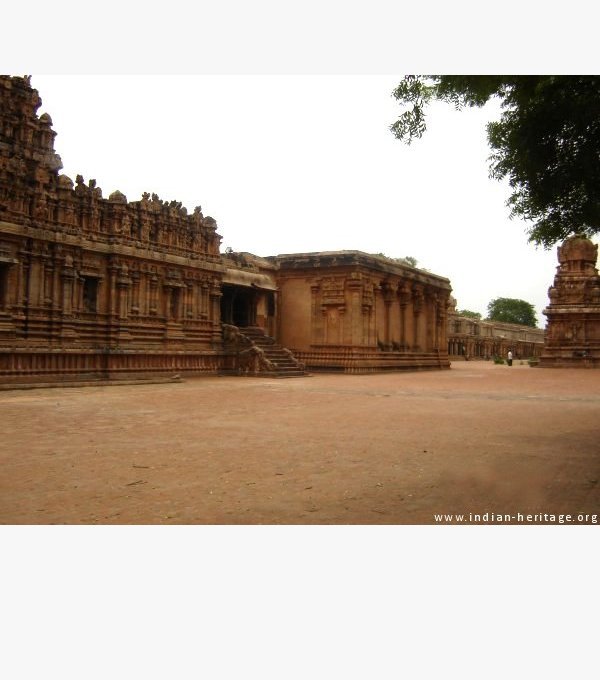
Thanjai Peria Koil
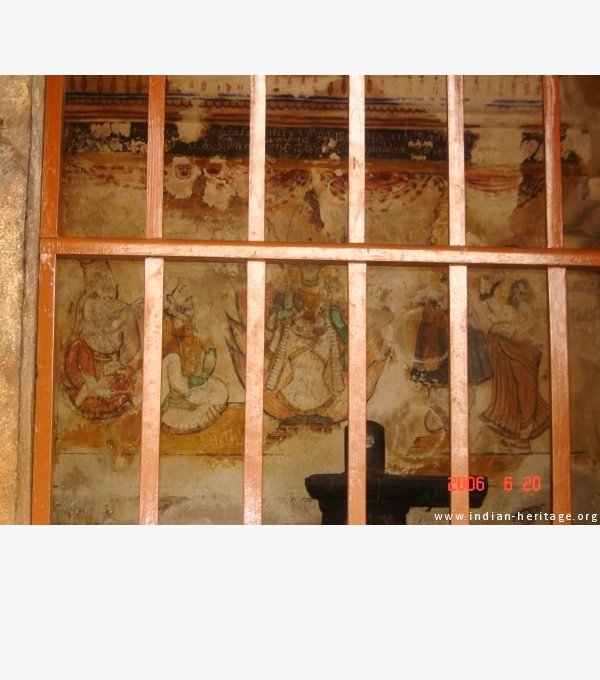
Thanjai Peria Koil
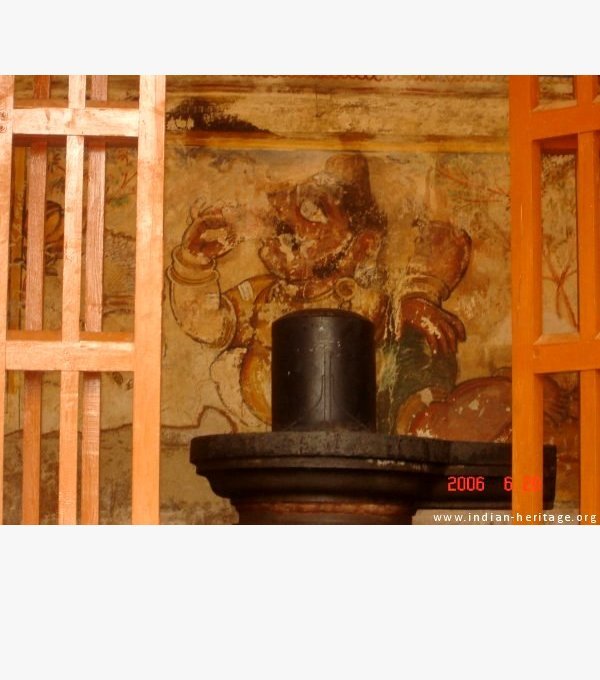
Thanjai Peria Koil
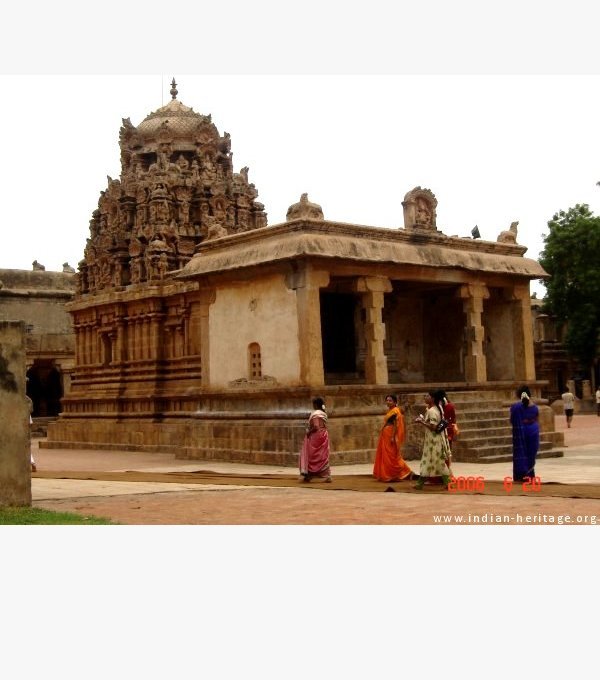
Thanjai Peria Koil
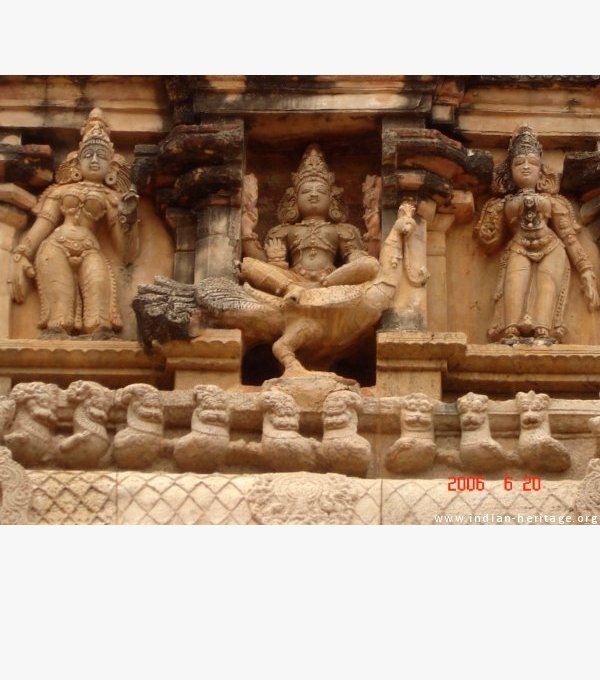
Thanjai Peria Koil
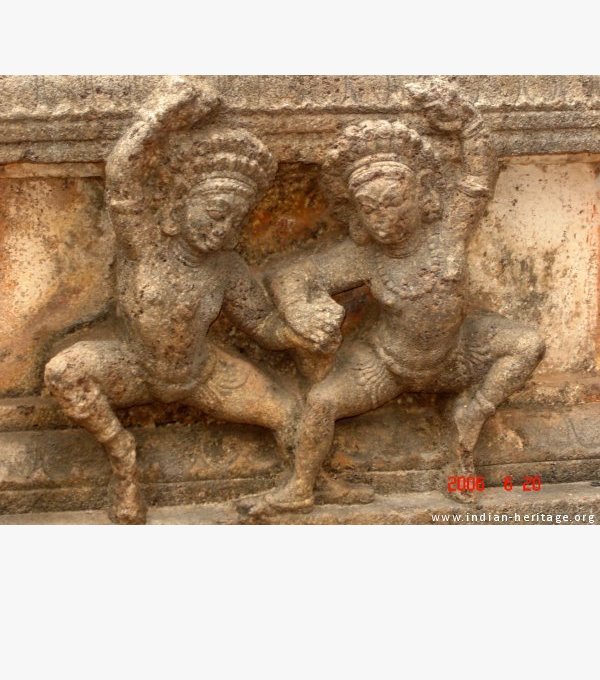
Thanjai Peria Koil
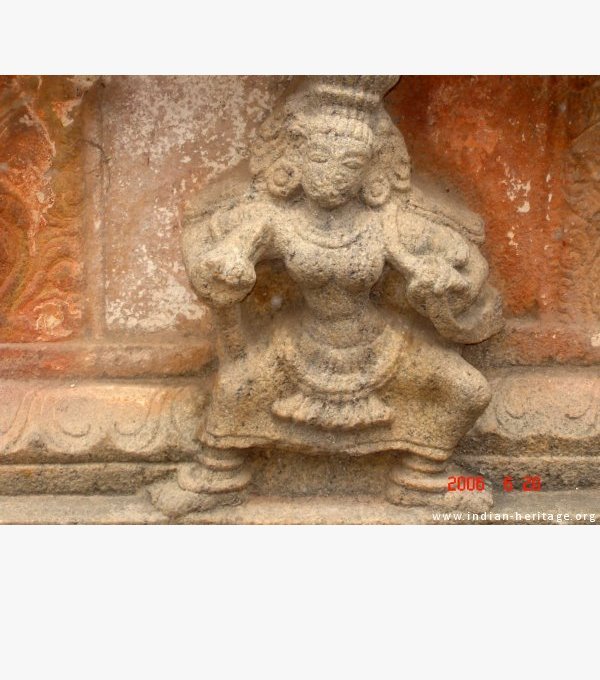
Thanjai Peria Koil
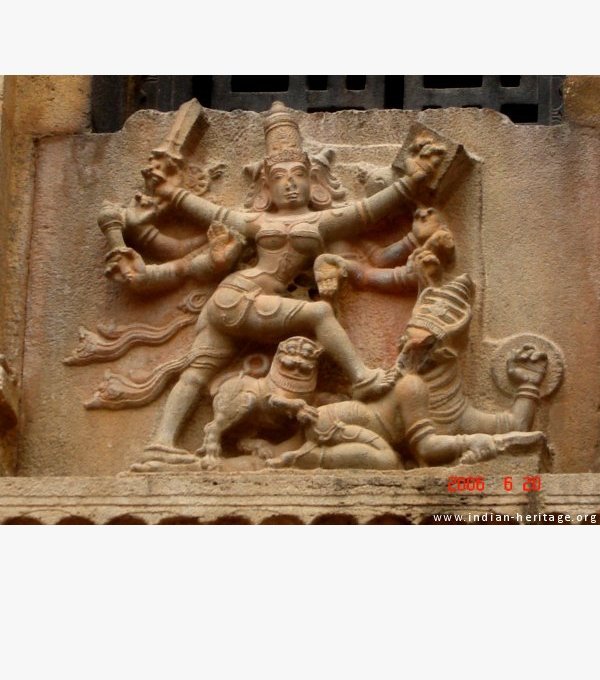
Thanjai Peria Koil
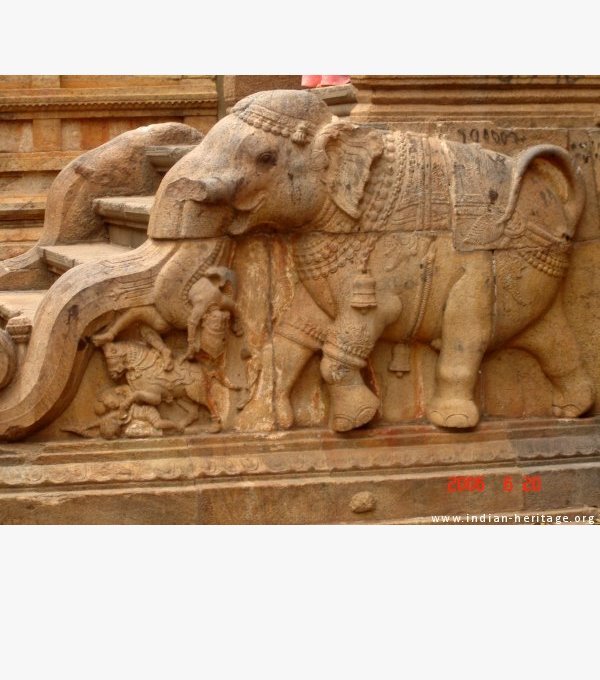
Thanjai Peria Koil
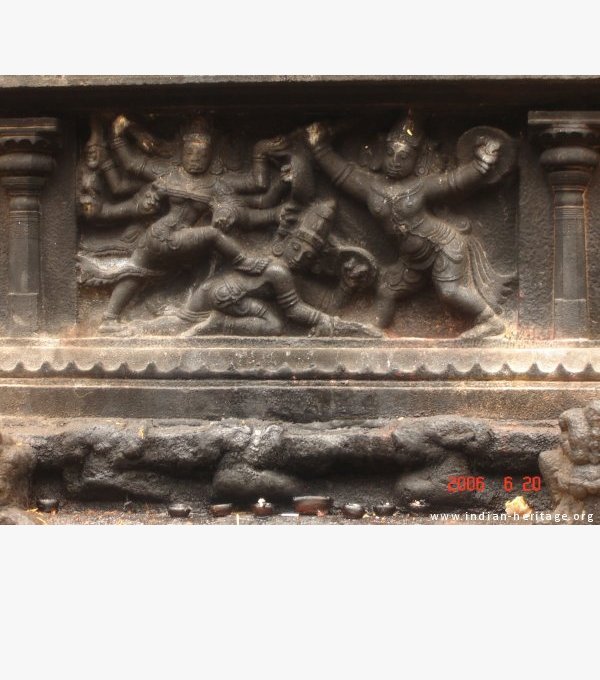
Thanjai Peria Koil
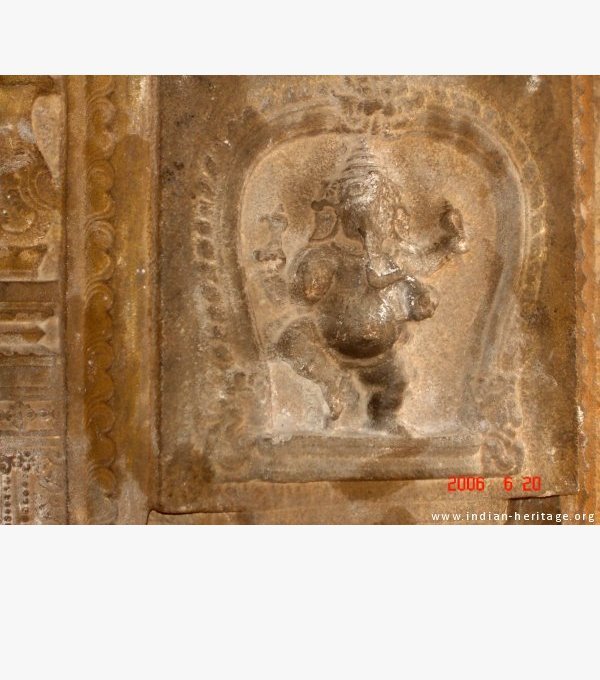
Thanjai Peria Koil
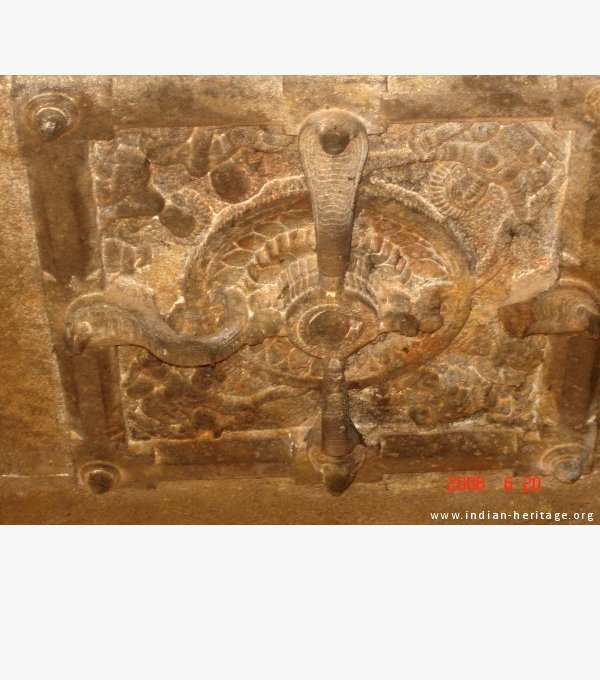
Thanjai Peria Koil
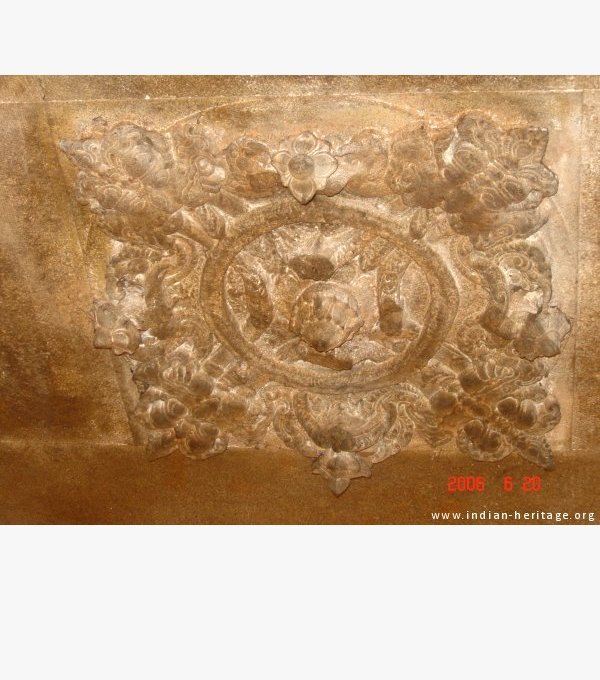
Thanjai Peria Koil
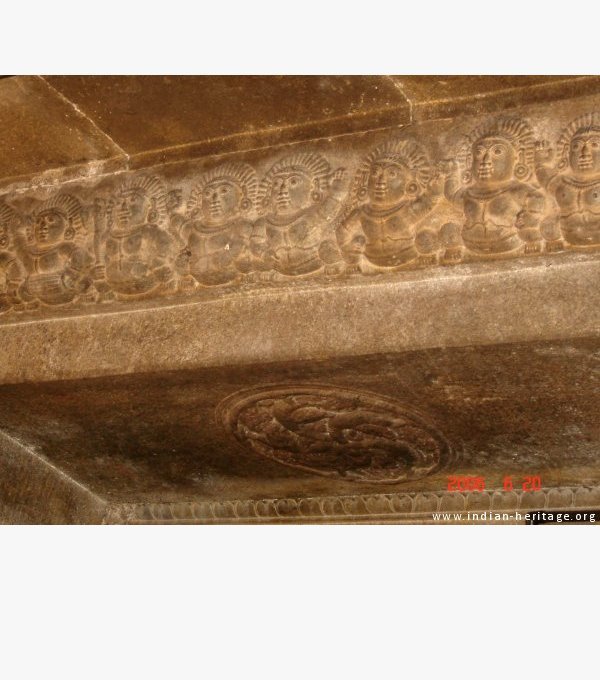
Thanjai Peria Koil
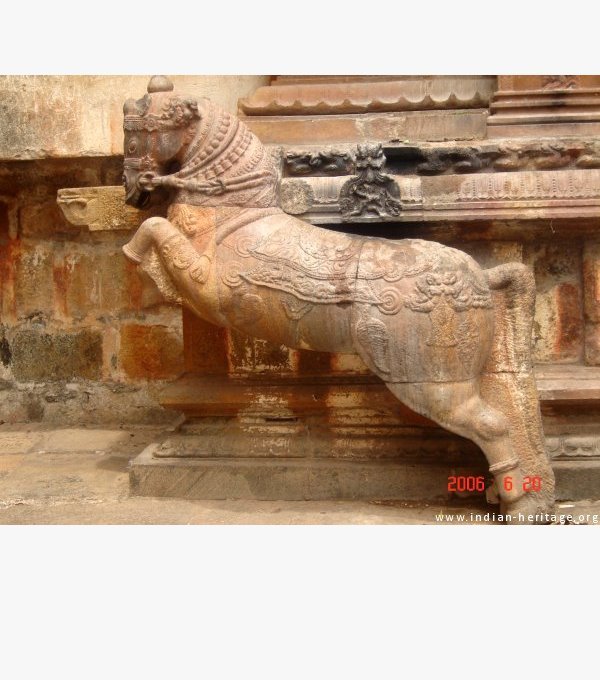
Thanjai Peria Koil
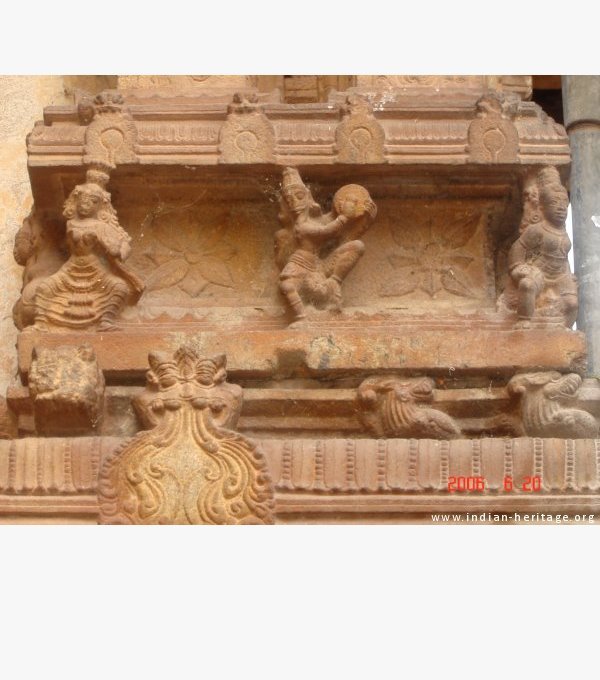
Thanjai Peria Koil
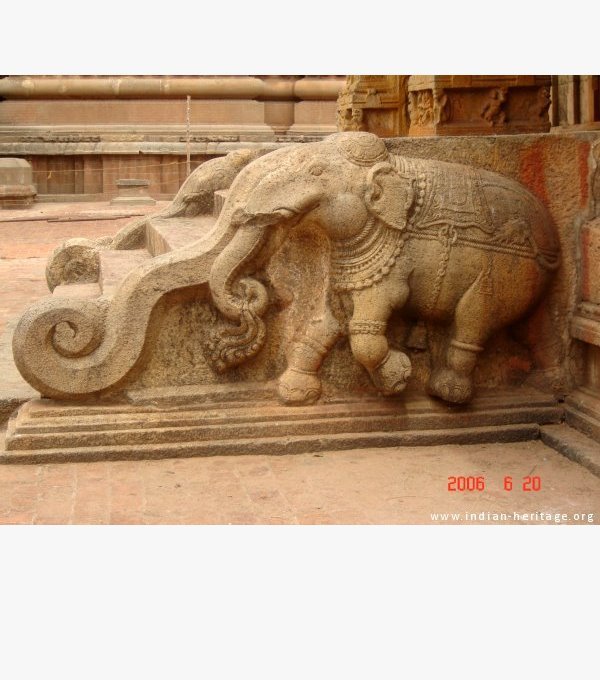
Thanjai Peria Koil
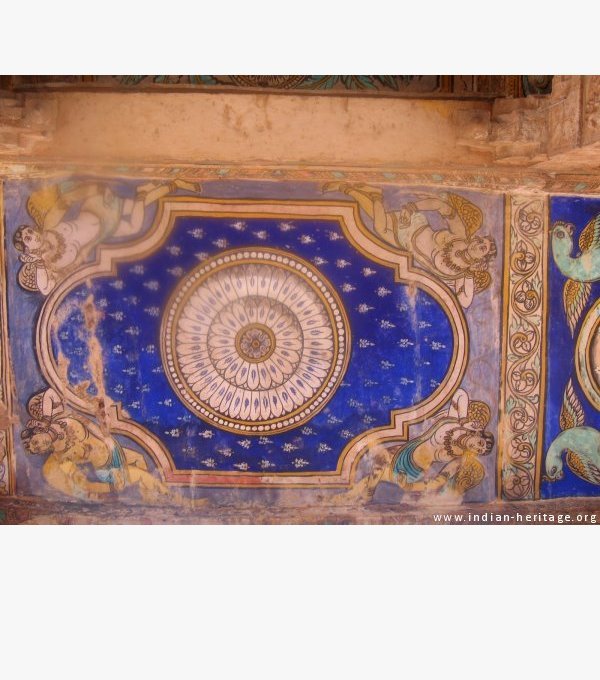
Thanjai Peria Koil
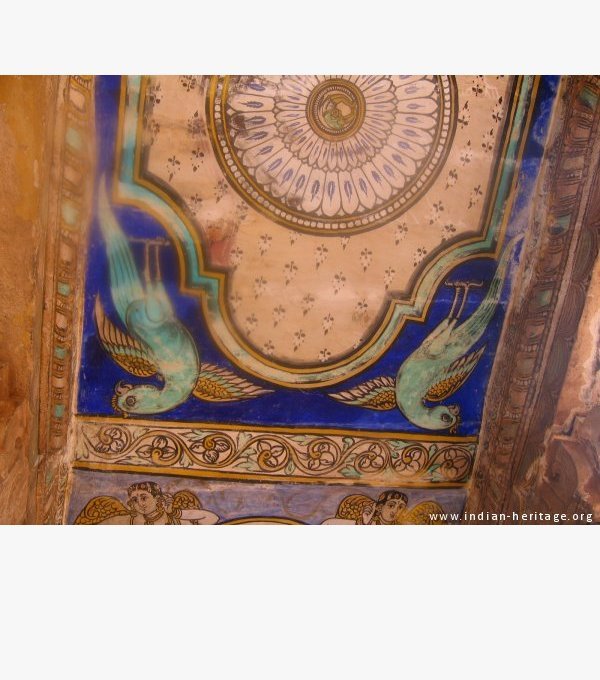
Thanjai Peria Koil
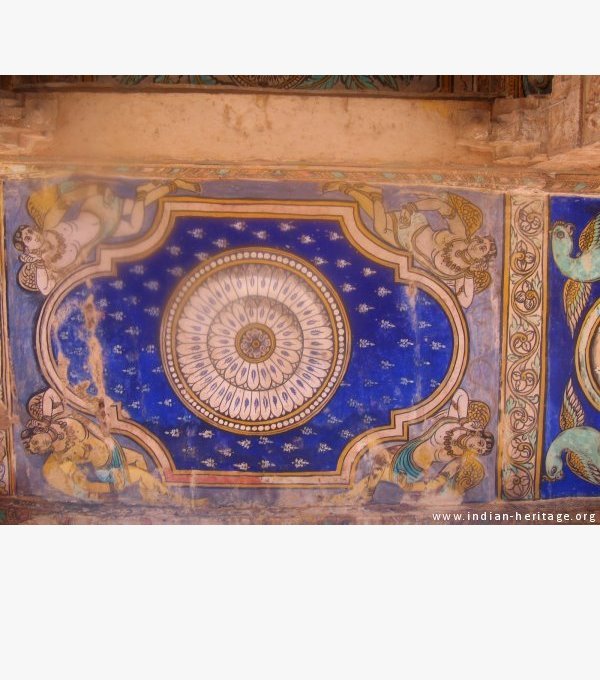
Thanjai Peria Koil
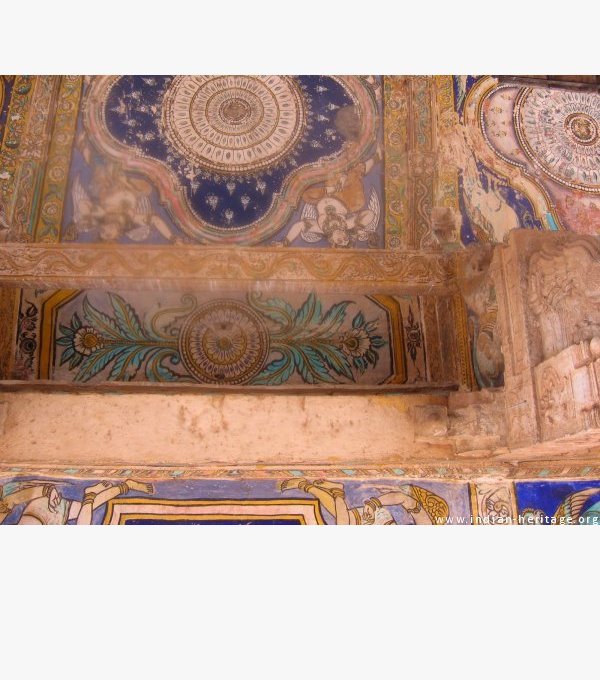
Thanjai Peria Koil
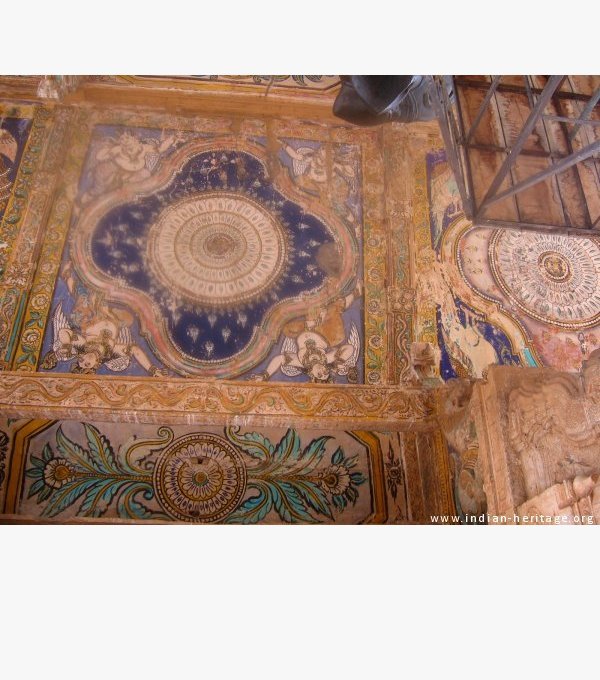
Thanjai Peria Koil
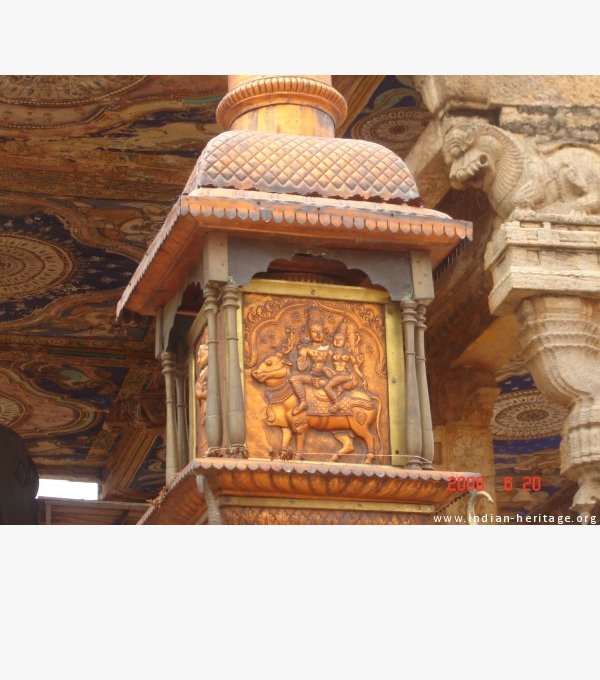
Thanjai Peria Koil
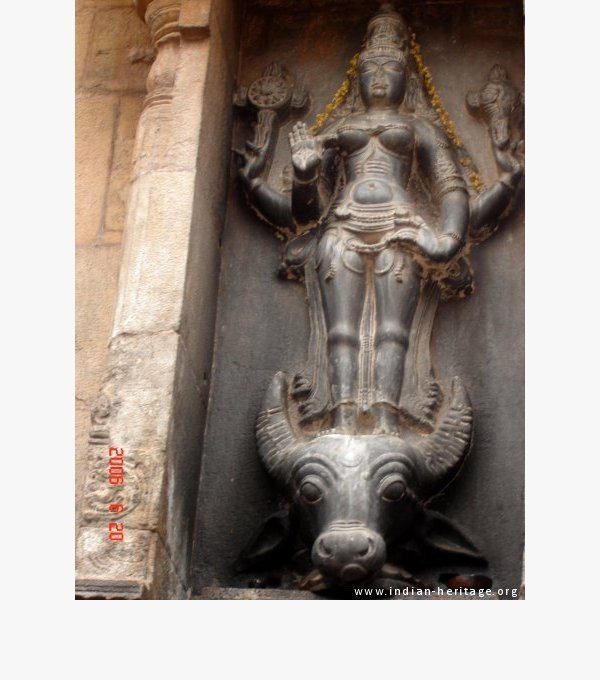
Thanjai Peria Koil
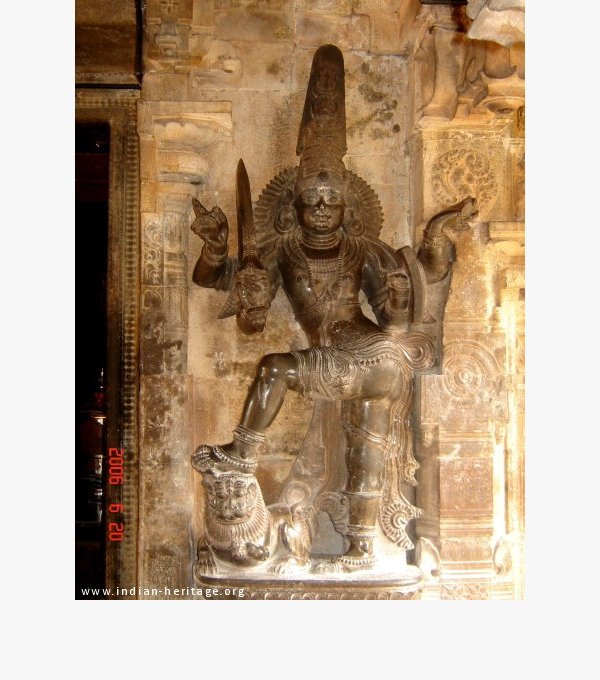
Thanjai Peria Koil
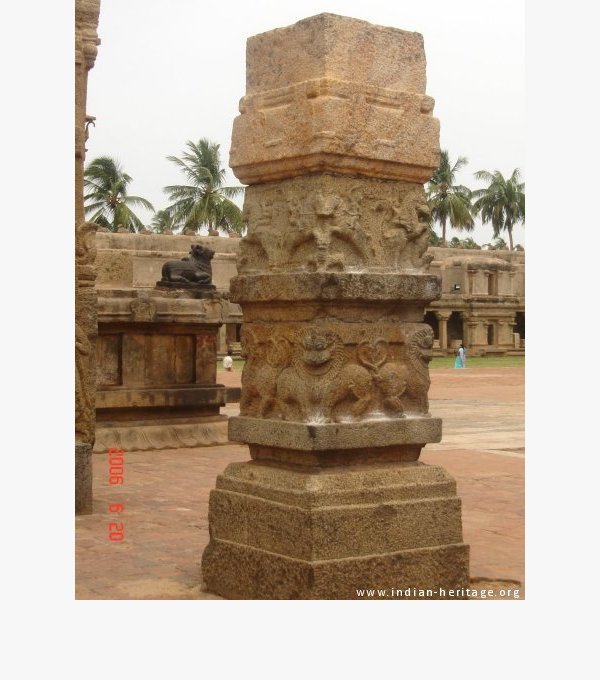
Thanjai Peria Koil
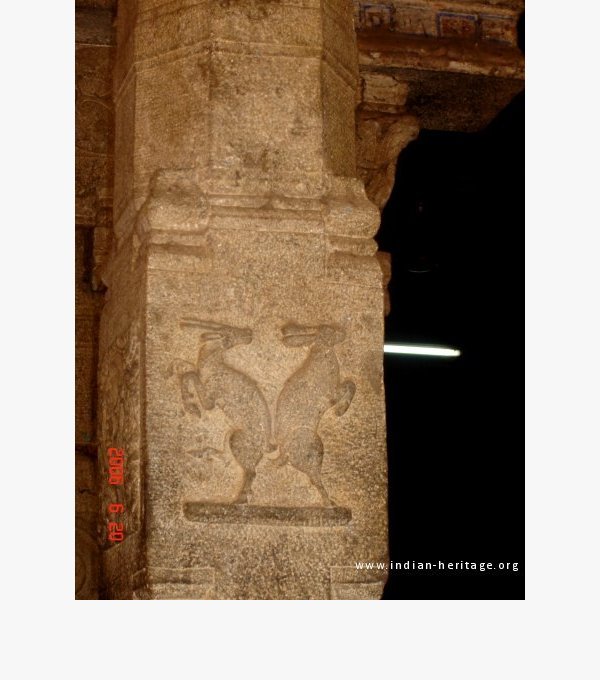
Thanjai Peria Koil
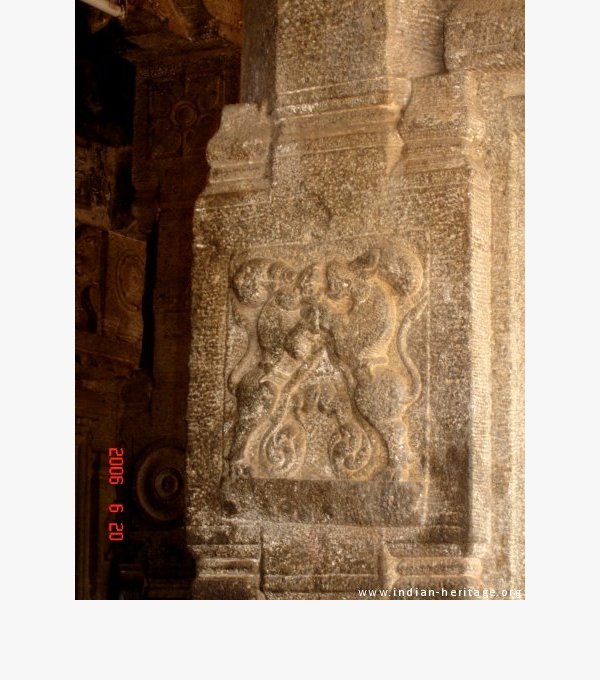
Thanjai Peria Koil
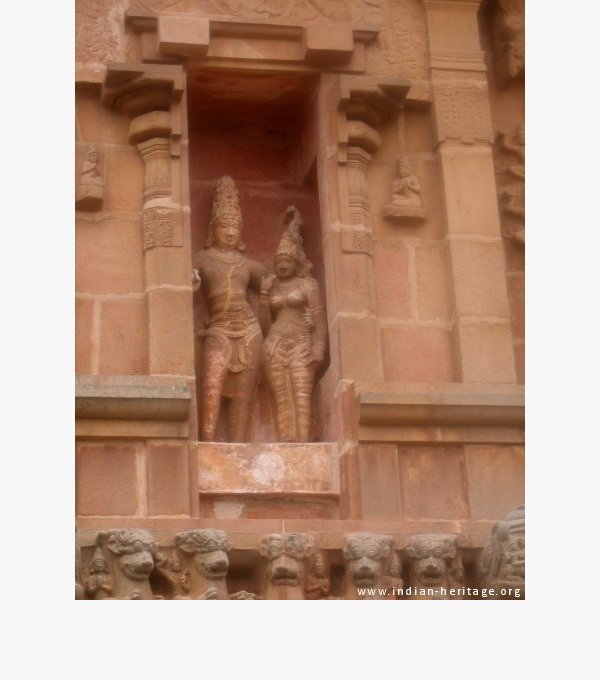
Thanjai Peria Koil
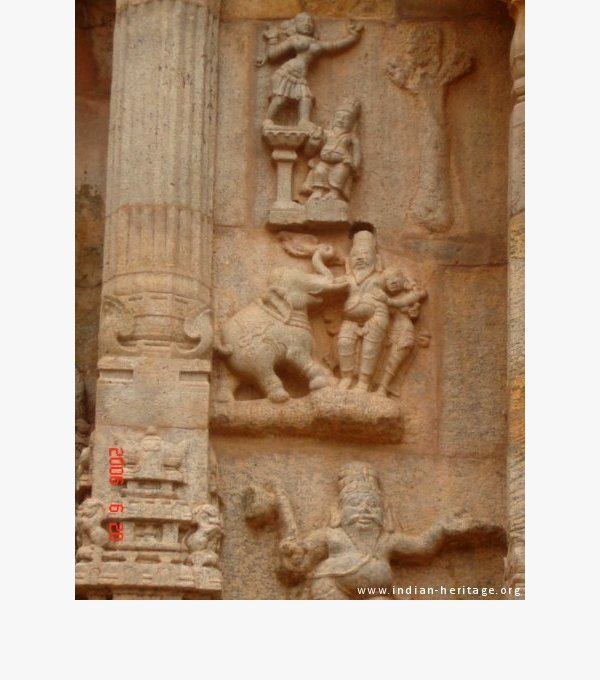
Thanjai Peria Koil
Related Links
whc.unesco.org/...
Written in stone - Big Temple's inscriptions reveal a King's passion
- T.S. Subramanian, The Hindu, September 24, 2010
tamil.samayam.com
tamilandvedas.com/
en.wikipedia.org/...
|